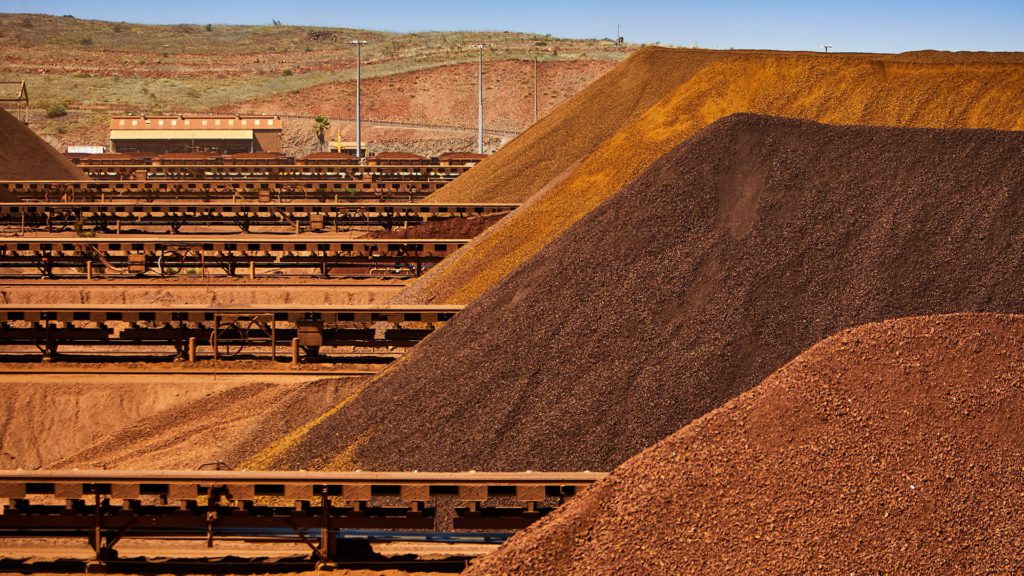Global shift to ‘green steel’ will require US$278B in investment by 2050: report


The global steel industry could be almost completely decarbonized by 2050 with an investment of US$278 billion in clean capacity and retrofits to existing production, according to BloombergNEF’s new report, Decarbonizing Steel: A Net-Zero Pathway. A move to green hydrogen, which BloombergNEF estimates will fall in price by 80% by 2050 and an increase in steel recycling are essential to the net-zero transformation.
The report envisions 31% of steel could be produced using hydrogen by 2050, with recycling accounting for 45% of the market. A combination of carbon capture technology used to reduce emissions from remaining coal-fired plants and innovative processes using electricity to refine iron ore could make up the remainder of the market.
Today, around 70% of steel is made in coal-fired blast furnaces, with 25% produced from scrap in electric furnaces, and 5% made in a newer, natural gas-fired process known as DRI (direct reduced iron). Converting to hydrogen would require more DRI plants and more electric furnaces.
Decarbonization of the steel sector – which accounts for about 7% of human-caused greenhouse gas emissions – will not just affect the coal sector. Production of green steel from hydrogen and electric furnaces will require an enormous investment in clean energy, as well as a shift to higher-grade iron ore. The report notes that Russia and Brazil, which both have high-quality iron ore reserves and access to clean power could benefit, while Australia, which currently is the world’s largest iron ore producer, could lose out if it does not invest in equipment to upgrade its low-grade product.
“The global steel industry is poised to begin a titanic pivot from coal to hydrogen,” said Kobad Bhavnagri, head of industrial decarbonization at BNEF. “Green hydrogen is both the cheapest and most practical way to make green steel, once recycling levels are ramped up. This transition will cause both great disruption, and great opportunity. Companies and investors don’t yet appreciate the scale of the changes ahead.”
The report points to five key actions the steel sector should consider to achieve decarbonization:
BloombergNEF notes that the US$278 billion investment required to decarbonize the steel sector is “relatively modest” compared to the estimated US$172 trillion cost of decarbonizing the global energy sector. It also notes that supportive policies such as subsidies for enabling technologies such as hydrogen and carbon capture tax credits (both part of the pending Build Back Better bill in the United States) and rising carbon pricing would help green steel compete with current production.
Comments